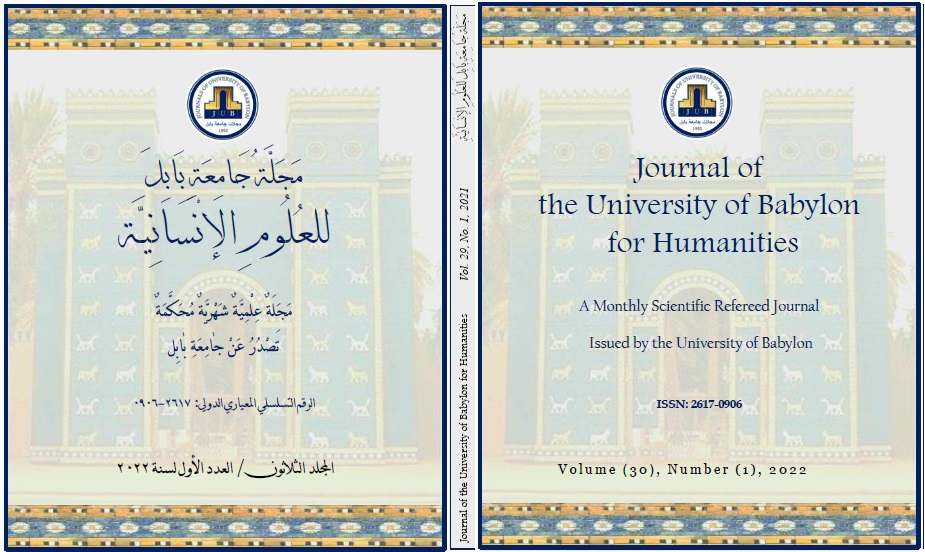Geographical-demographic analysis of the Iraqi population hierarchies 1997-2020 and the facts associated with them
Main Article Content
Abstract
The population pyramid is one of the most important analytical drawings that explain the qualitative and age characteristics of the population over a period of time that may reach a hundred years, as well as revealing the emergency incidents that the population is exposed to, such as epidemics and bloody emergency wars. The hierarchy of the population of Iraq is characterized by the consistency of their age groups, starting with their broad base, which indicates the high fertility rates, which were the main reason for the high rate of crude dependency, and then each of the two pyramids takes a shrinking of its categories in the middle ages and then this shrinkage intensifies in the old and even old The top becomes pointed, and the effects of immigration and the wars that Iraq fought clearly show in the category (35-39 years), and a slight difference between the shape of the pyramid of the urban and rural population appears, as the shape of the pyramid of the urban population was more consistent and gradual in the male and female peace than the pyramid of the rural population, and as it became clear from During the facts related to the age structure, the dependency ratio and fertility decreased from (111%) (159.7) in the 1997 census to (97,16) and (128,54) in the 2020 estimates, which led to an increase in employment The median rate ranged from (17.75) years in the 1997 census to (19.45) years in the 2020 estimates

